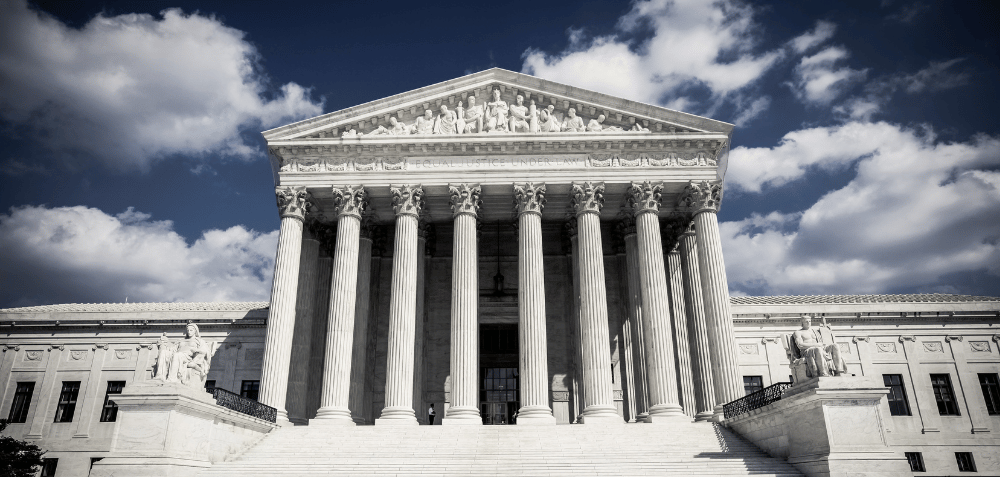
The Healthcare Impacts of Overturning Chevron
It’s been a busy couple weeks for the Supreme Court as they wrap up the current term with several impactful decisions. While newspaper headlines will likely buzz most about the ruling granting former President Trump certain immunity from prosecution, the court’s decision to overturn Chevron v. The Natural Resources Defense Council will probably have a bigger impact on American life in the long run.
The Chevron decision had told judges that they should defer to federal agencies when interpreting unclear federal statutes. In the case of Loper Bright Enterprises v. Raimondo, a case regarding fishing compliance costs, the Supreme Court’s conservative majority voted 6-3 that the decision from Chevron should be overturned, saying that it is the responsibility of the courts and not agencies to determine what the law is.
Dissenting judges argued that the already busy court is not designed to be experts in, and determine policy for, things like healthcare, the environment, and transportation. It also calls into question the ability of our government to be able to act rapidly on novel issues like artificial intelligence or an emergent pandemic.
The ruling, however, does not call into question previous decisions that have been made using the Chevron doctrine, including what’s contained in Chevron itself, the upholding of the Clean Air Act. Given that Chevron has 40 years of being precedent, this should help to contain a flood of new challenges pouring into the courts.
While the initial case was related to environmental protections, it applies across industries, and anywhere federal agencies craft policy. In healthcare specifically, this means that rulemaking from the Centers for Medicare and Medicaid Services (CMS) and the Food and Drug Administration (FDA) will be subject to the court’s interpretation and validity challenges.
In her dissent, Justice Elena Kagan pointed to the types of questions that these healthcare agencies resolve in their rulemaking asking whether the courts are qualified to answer questions like, “What qualifies as a protein regulated by the FDA? And how should the Medicare program measure a ‘geographic area’ when calculating reimbursements to hospitals based on the wage levels in certain regions?”
The courts may not posit the first answer to these questions, but it’s where the final responsibility for adjudicating them will lie. Experts suspect that this will lead to agencies like CMS and the FDA to issue more nonbinding guidance or put more resources toward litigation defense and the ability to demonstrate that their regulations are permissible. Fierce Healthcare quotes a former counsel for both HHS and CMS who says, “In healthcare regulation, clarity transcends permissibility; agencies must now demonstrate that their interpretations are not only allowable but optimal.”
This will take additional time when creating rules and will likely lead to more legal challenges for newly issued regulations as the amount of deference courts give to agencies is tested.
Supporters of the ruling have argued that courts’ deference to federal agencies has led to overregulation, unwarranted costs, and an abandonment of their responsibility to interpret statutes. Some believe that it will lead to a more level playing field for healthcare providers, promoting certainty of meaning in a field of complex regulations.
It remains to be seen just how aggressively new rules will be challenged, but it’s suspected that pending litigation regarding an FDA lab test regulation will use this new ruling in arguments. Until the standards for unambiguous rulemaking that can stand up to legal pressure, challenges to new federal agency directives should be expected.


